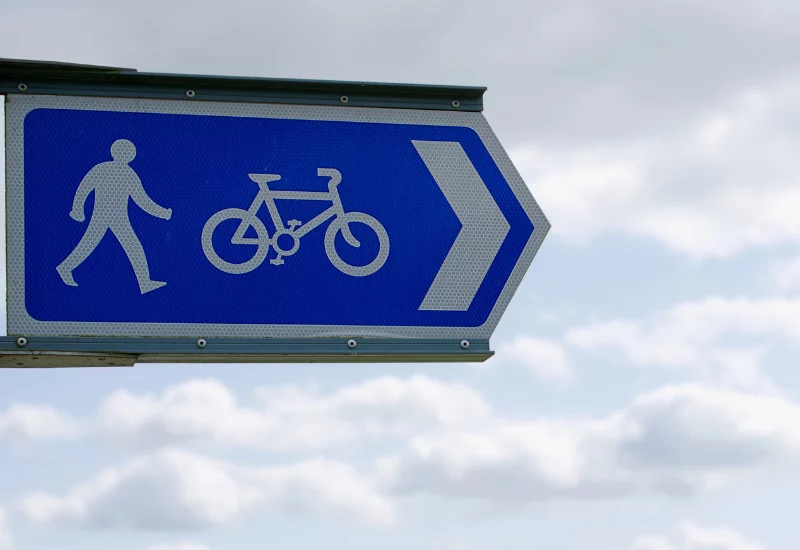- 28 Jan 2022
- •
- 2 min read
Changes to the Highway Code

From 29 January, an update to the Highway Code has created a hierarchy of road users, meaning prioritisation for pedestrians and cyclists.
With an increasing emphasis on environmental issues facing our planet, responsible citizens have focused their attention on greener modes of transport. Government statistics indicate that in the last six years pedal cycle traffic has grown by 96%, however cyclists are undoubtedly vulnerable road users, with 141 deaths and over 16,000 casualties reported in 2020.
Those who have travelled in India will know that taking to the roads is taking your life into your own hands. When it comes to road use, there is a saying in India that “Might is Right”. If you’re a pedestrian, cyclist or tuk-tuk driver, look out, because that truck coming directly towards you expects you to get out of the way.
That hierarchy has never been so clearly defined in England as in India, but from 29 January 2022 changes to the Highway Code are being introduced that turns the Indian concept on its head. The greatest responsibility will be on those road users who can do the greatest harm, and the onus will be on them to reduce the danger they pose to the more vulnerable.
Pedestrians and cyclists will be prioritised, whilst there will be greater culpability for those drivers of large goods or passenger vehicles.
Pedestrians will also be afforded priority when crossing the road at a junction, with drivers, motorists, horse riders and cyclists being required to give way to pedestrians crossing or waiting to cross a road they’re turning into.
“Causative potency” and “blameworthiness” have long been familiar concepts in the assessment of liability in road traffic accidents, but these changes to the Highway Code are likely to further tip the balance of causative potency and blameworthiness in favour of vulnerable road users, and place greater responsibility on those driving vehicles liable to cause greater harm.
Although criminal prosecution does not automatically follow a failure to comply with the “advisory” rules of the new Code, one has to anticipate that the new Code will be relied on more heavily in civil proceedings to establish liability in claims arising from road traffic collisions.













